But if you think that only modern blockbusters – in which epic battles between agents of good and evil are graphically shown – can traumatize children, think again! Many all-time favorite Disney and Pixar animations and some iconic classic movies may seem completely harmless and innocent on the outside, but on the inside, they share complicated, hidden and disturbing messages. Once surfaced, these messages can seriously damage the fragile children’s psyche.
Films like The Wizard of Oz, and Willy Wonka and The Chocolate Factory have dared to open Pandora’s box and let all the dark things creep out and bring nightmares to the kid-viewers for years to come. Here is a list of 15 classic movies and beloved animated films intended for young audiences in which we have found some really dark hidden messages.
This time you won’t need popcorn and soda. All you need is… guts!
15. Who Framed Roger Rabbit? (1988) A Film-Noir Experience For The Whole Family
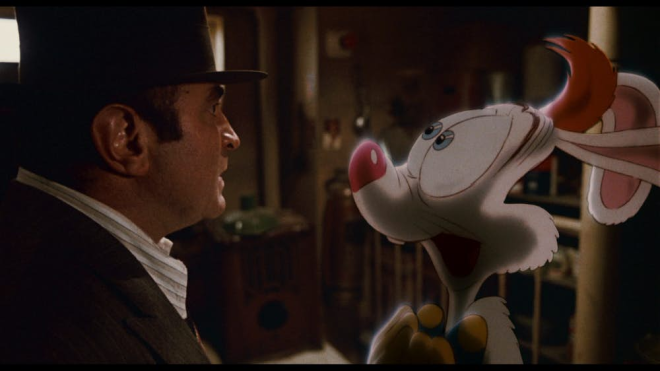
The kids enjoy watching cartoon characters who live in the real world, and the grown-ups enjoy this movie because they see it as a tale of greed, lust, and murder. But some go even further in their interpretation of the movie, claiming it represents a commentary on racism and segregation. In this train of thought, it is no coincidence then that the plot is set in 1947! Many of the characters, including Eddie Valiant, think that toons and people shouldn’t mingle. The toons even live in their own town. What is more, they are subject to punishment without due process, for any reason Judge Doom deems reasonable. Sounds familiar?
14. The LEGO Movie (2014) Takes Us To George Orwell’s Scary World Of Obedience And Conformism

Kids love it. We kinda love it, too, because it’s… well…cheery. But, then if we think again, we realize that it is, in fact, a bit too cheery than any kid’s animation should be. One of the most trending theories about the movie’s hidden meaning is that all the kids are brainwashed. Remember those lines: “No need to rock the boat”, “Everything is awesome”, “We’re the same, I’m like you, you’re like me”? Don’t they give you the creeps? Yes, the LEGO Movie is heavily brandished with Orwell-style propaganda slogans. And, of course, we also have an evil tyrant, whose goal is to glue the Lego universe into eternal inactivity. Kids, do not forget to smile because otherwise, you’ll get in trouble!
13. Alice In Wonderland (1951, 2010) Is About The Consequences Of Consuming Illegal Substances

Of course, it’s not only the movies. It’s the book. It’s been 152 years since Lewis Carroll’s masterpiece first appeared on paper, but it hasn’t ceased to fascinate the minds of both young and old. Alice’s adventures are, on the one hand, the story of a 10-year-old girl who disappears through a rabbit hole to find herself in an extraordinary place where she experiences a sequence of bizarre adventures. Since the release of the first movie, there has been a trend to identify a certain drug theme that is going on in the plot. And not without a solid reason! There’s a caterpillar who smokes a fancy looking water hookah, and then there’s the Chesire Cat… Why is it grinning all the time anyway? The whole atmosphere seems pretty much disconnected from the reality, and we are convinced medical substances must have a lot to do with it. And let us not forget one important historical detail – back in the 1880’s, opium was still legal to use.
12. Coraline (2009) Is A Story About Mind Control And Abduction
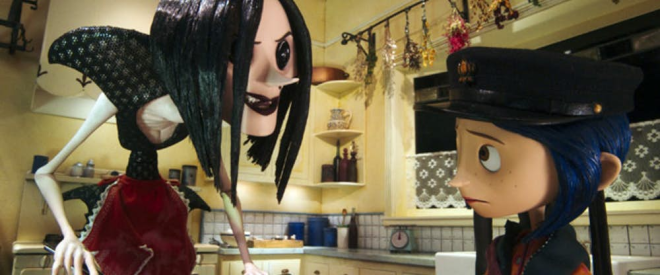
If you haven’t seen it (which is a great miss, by the way!), this is a 3D stop-motion fantasy horror film based on Neil Gaiman’s novel of the same title. The plot in summary: Coraline is an adventurous girl who finds another world that happens to be an idealized version of her own dysfunctional home. The heroine doesn’t hesitate before embarking on a thrilling, but dangerous escapist adventure in this other world. This world, however, holds some sinister secrets. Eventually, she is reprogrammed to become the puppet of the Other Mom. The latter is so much submerged in this utopian version of a happy life that at some point she tries to stitch buttons over Coraline’s eyes so that she would resemble a real baby doll.
11. The Brave Little Toaster (1987) Evokes Strong After-Life Imagery
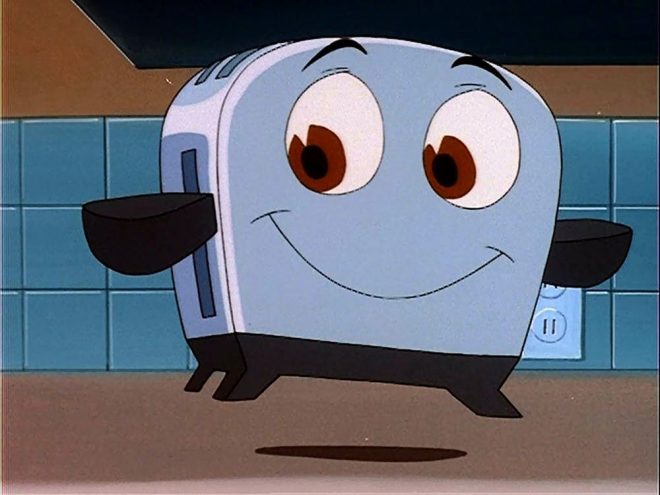
What’s the big deal about a toaster, you say? Well, a lot… At least, in this particular animation movie. Marketed as a cute story about a bunch of domestic appliances that come to life and goes in search of their missing master, this movie has, in fact, a horrifying dark side. For starters, the search for the ever elusive Master can be interpreted as a philosophical search for God, and the idea of being “repaired” is an allegory of the idea of resurrection. Even stronger religious imagery is further presented through the songs. “City of Light” and “opening up the gates” are lines which are strongly linked to the afterlife concept.
10. Toy Story 3 (2010) Is A Holocaust Metaphor
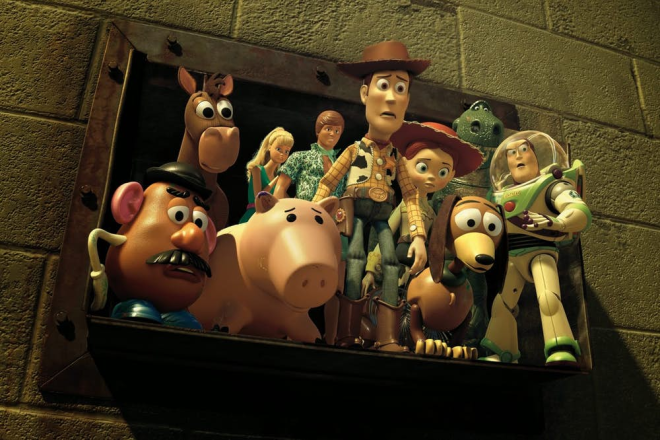
If you make yourself watch Toy Story 3 again after you’ve read this, the darker meaning of the plot is going to hit you in a devastating, soul-shattering way. The animation is actually the darkest film of Pixar’s trilogy, although it is embraced by the general audience as a heartwarming story about friendship and sticking together through the hardest of times. And, by the way, it is also about the mass destruction of many, many people in concentration camps during the World War II! This is not only our view, though. According to the film critic Jordan Hoffman, the movie is about the Holocaust. The toys represent the Jews. They hide in the attic (Anne Franc style!), but still, they get caught and sent to Sunnyside Daycare. This, we learn, is a place, where their kind is mistreated on a daily basis… well, by little children, of course, but the allegory to the Nazis’ actions is pretty obvious. And there is this heartbreaking scene where the toys, when put on a conveyor belt, grab hands and courageously face their fate. Can’t stop the tears from running!
9. The Willy Wonka Movies (1971, 2005) Are About An Immoral CEO And Labor Exploitation
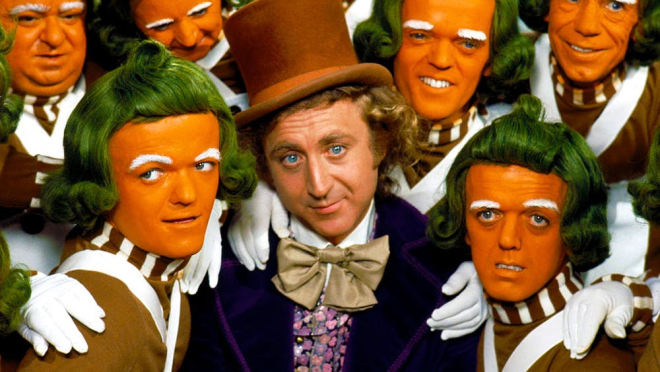
On the surface, it seems that the moral of the first movie adaptation of Roald Dahl’s popular novel of the same title is that good kids are rewarded, and bad kids are punished. It’s been considered a classic rags-to-riches tale, full of fun and wonder. But if we delve deeper, we’ll come to its genuine core. The backstory is actually about injustice and slave labor. Wonka is a super paranoid chocolate factory owner who is afraid people might steal his recipes. So, he fires all his employees and replaces them with “little colored people” imported from an exotic land. In the Tim Burton’s version from 2005, the yellow Oompa Loompas from the first movie are replaced by tiny, singing, identical in appearance workers of Indian origin. Apart from the horrible Oompa Loompas motif, we have the boat ride through the psychedelic tunnel – a scene which contributes a lot to the the overall creepiness of both movies.
8. Beauty And The Beast (1991) Refers To AIDS
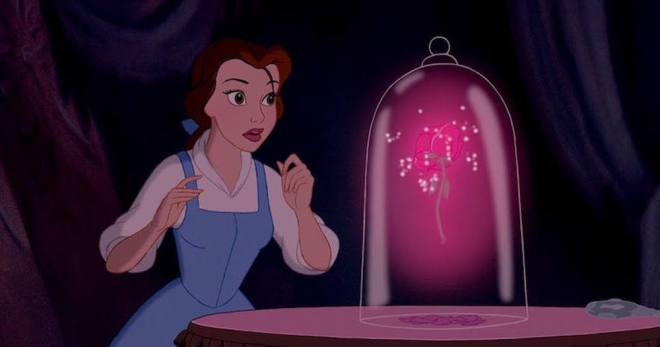
Many children grew up loving this adorable Disney animation. We all know the story – a beautiful young woman is a captive in the home of a half-human half-animal. Gradually, she develops romantic feelings for the beast, and their unusual love triumphs at the end. Everything is as it should be in a classic fairy tale. However, some of the images in the movie can be interpreted as symbols with a disturbing meaning. Howard Ashman, the author of the lyrics for the musical numbers, was diagnosed with AIDS during the production. The rose, for example, is a clear reference to the gradual decline in health of AIDS victims, and the song ‘Kill the Beast’ reflects society’s view of those who suffer from the syndrome.
7. The Neverending Story (1984) Is A Psychological Horror
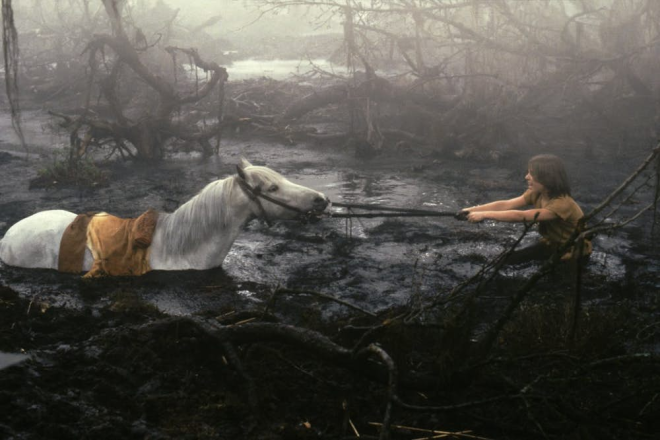
This epic fantasy film is about a troubled bibliophile boy. He comes upon a mysterious book through which he embarks on the most wondrous journey into a fantasy world. Sounds like two hours of good fun, but, in fact, this is one of the most incredibly depressing movies for children ever created. For starters, Bastian starts reading The Neverending Story in the school’s attic full of human bones (!). The seemingly normal fantasy story quickly evolves into a catastrophic horror one portraying a world in danger, a dying princess, and a hero in a rather unstable mental state. And then comes the dying horse scene. It’s not just the fact that the beautiful and loyal Artax dies; it is how they show it. If this heart-breaking scene didn’t bring anxiety to a generation of kids we don’t know what else did.
6. Labyrinth (1986) Is About A Rather Twisted Romantic Infatuation And Kidnapping
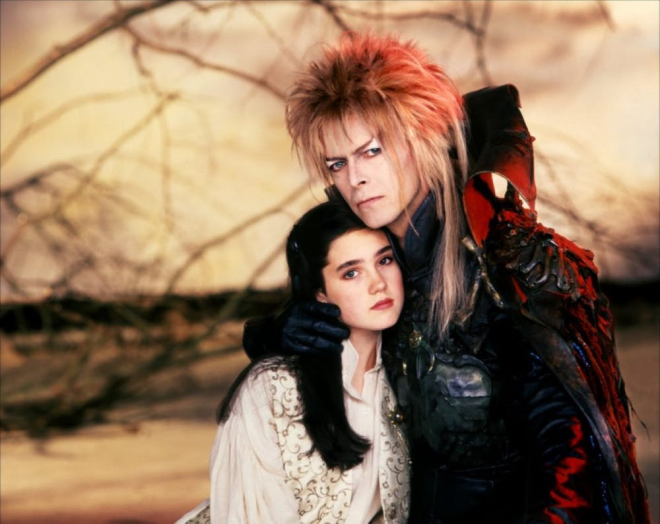
The catchy tunes and the Muppets magic make it easy for the viewers to overlook the disturbing side of this cult classic, starring David Bowie as Jareth and young Jennifer Connelly as Sarah. Although it all starts with Sarah’s baby brother vanishing (and we instantly know who is responsible for that), later in the film it becomes clear that Jareth doesn’t care at all about little Toby. All he wants is Sarah! Besides, there are many adult situations and elements that are a constant teaser to the viewer’s eye: from the BDMS-inspired wardrobe choices (and Jareth’s tight pants!) to the awkwardly submissive women in the masquerade ball. All in all, the well-layered symbolism of Labyrinth holds up better to than to children’s audience.
5. Frankenweenie (2012) Teaches Kids To Leave Their Pets Alone After They Pass Away
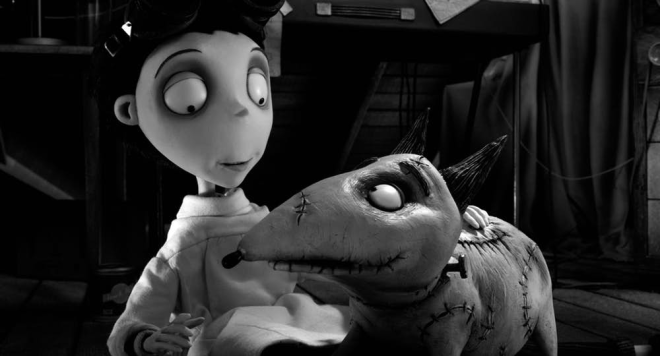
Actually, all Tim Burtons animations fall into the category of movies for kids with dark undertones. But Frankenweenie is probably his finest. A boy, whose name is Victor Frankenstein, of course, attempts to bring his beloved dead dog back to life through an elaborate science experiment. The storyline is kind of educational as it draws an honest picture of the circle of life and death. But mostly death, to be honest. The moral is simple: Kids, do not mess with your dead pets and leave them to rest in peace. Otherwise, you will get stuck with some half-dead, half-alive cat-bats, and you certainly don’t want those in your loving home.
4. Mary Poppins (1964) Is About The Dying Tradition Of Family Morale

Like all Disney movies from the 60’s and the 70’s, Mary Poppins is full of adventures, and good laughs, and good guys… The main character is a nanny whose responsibilities are to keep the nursery clean and the medicine down. She is a well-behaved, balanced female master of reverse psychology. It’s simply impossible not to adore Miss Poppins because of her love for children, and especially because of her cool flying umbrella. But what is Miss Poppins’ dark side? And does she really have one? The answer is: ‘Yes!’ and, ‘Oh, yes!’ The movie was, in fact, created, as anti-feminist propaganda. In the 1960’s, the society started to fear that the traditional family model was falling apart, so Disney created the character of Mary Poppins, put the all-beloved actress Julie Andrews in her shoes, and voilà! They miraculously made the spoonful of gender equality go down effortlessly. Or so they thought…
3. The Incredibles (2004) Sends An Alarming Message
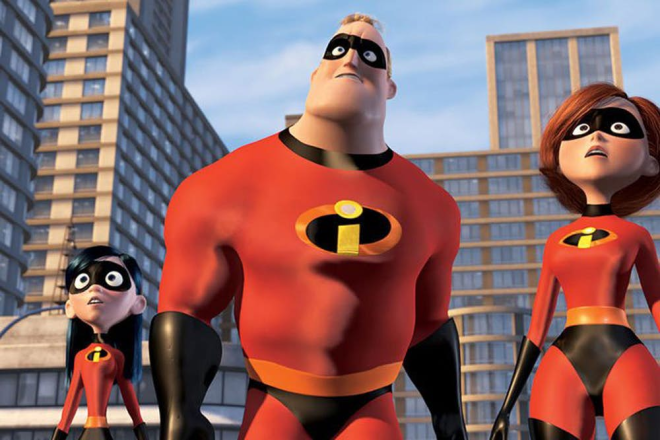
They say the meaning of a film is what you get out of it. Hmmm, so let’s see what we get out of this Pixar animation, full of unique and vivid characters. Early on in the story, Mr. Incredible rejects Buddy as a sidekick. This makes Buddy turn to the dark side and become Syndrome, i.e. his own superhero, or rather say, villain. At some point, however, Syndrome kind of loses it, captures Mr. Incredible, locks him in a cell, and gives a very powerful monologue, from which we understand that he wants to bestow everyone with superpowers “so that when everyone is super, no one is.” To us, it seems that the film is sending a message with quite elitarian undertones: You have to be born special to achieve greatness in life. Sorry, kids.
2. Wizard Of Oz (1939) Lays Bare The Inadequacy Of Adults
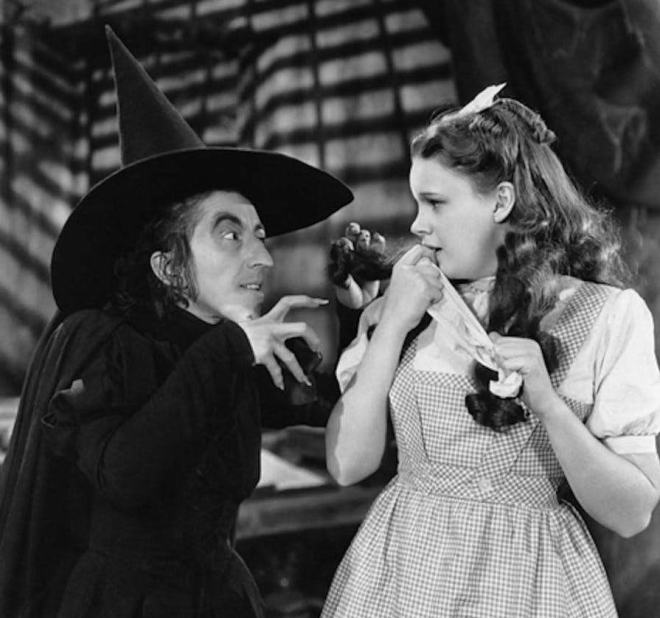
Over the decades, this movie has nourished not one or two elaborate theories hinting at the deeper and darker meaning of the story behind it. According to one of the readings, the original 1939 version is so powerful because it exposes the weakness of the adults, represented by Auntie Em and Uncle Henry who fail to save Toto, and, of course, by the Wizard being so powerless.
What is for the children to do in such a situation but to grow up on their own, without the help of the adults, as they have proven to be completely useless.
Another interesting conspiracy theory that has been circulating over the internet suggests that the only truly evil character is, in fact… the Good Witch.
1. The Little Mermaid (1989) Encourages Children To Rebel Against Their Parents
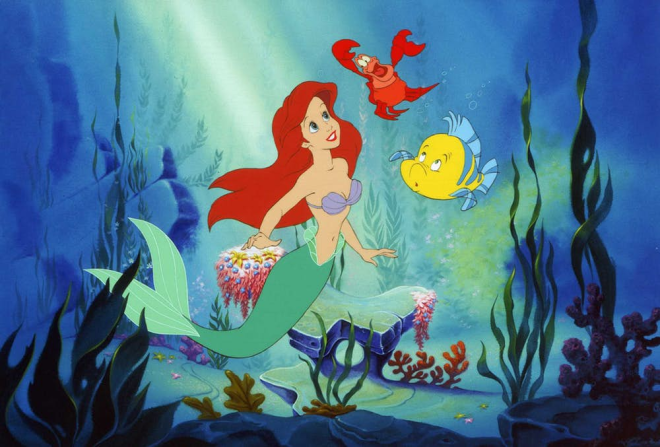
No, no, no, from where we are standing, this Disney movie is not about the hardships faced by any great love and a fascinating mermaid with a cool shell bra and amazing hair. Ariel is, in fact, a spokesperson for teenage rebellion. She goes against all her father’s wishes and advice, striking a deal with the devil represented by the witch Ursula, and runs off with a handsome guy she barely knows. Of course, all her actions have terrible consequences, but in the Disney version, it all ends well and Ariel is rewarded for her dogged determination to get what she wants. In Hans Christian Andersen’s original story, however, she loses everything, even her life, in the futile pursuit of happiness and love.

